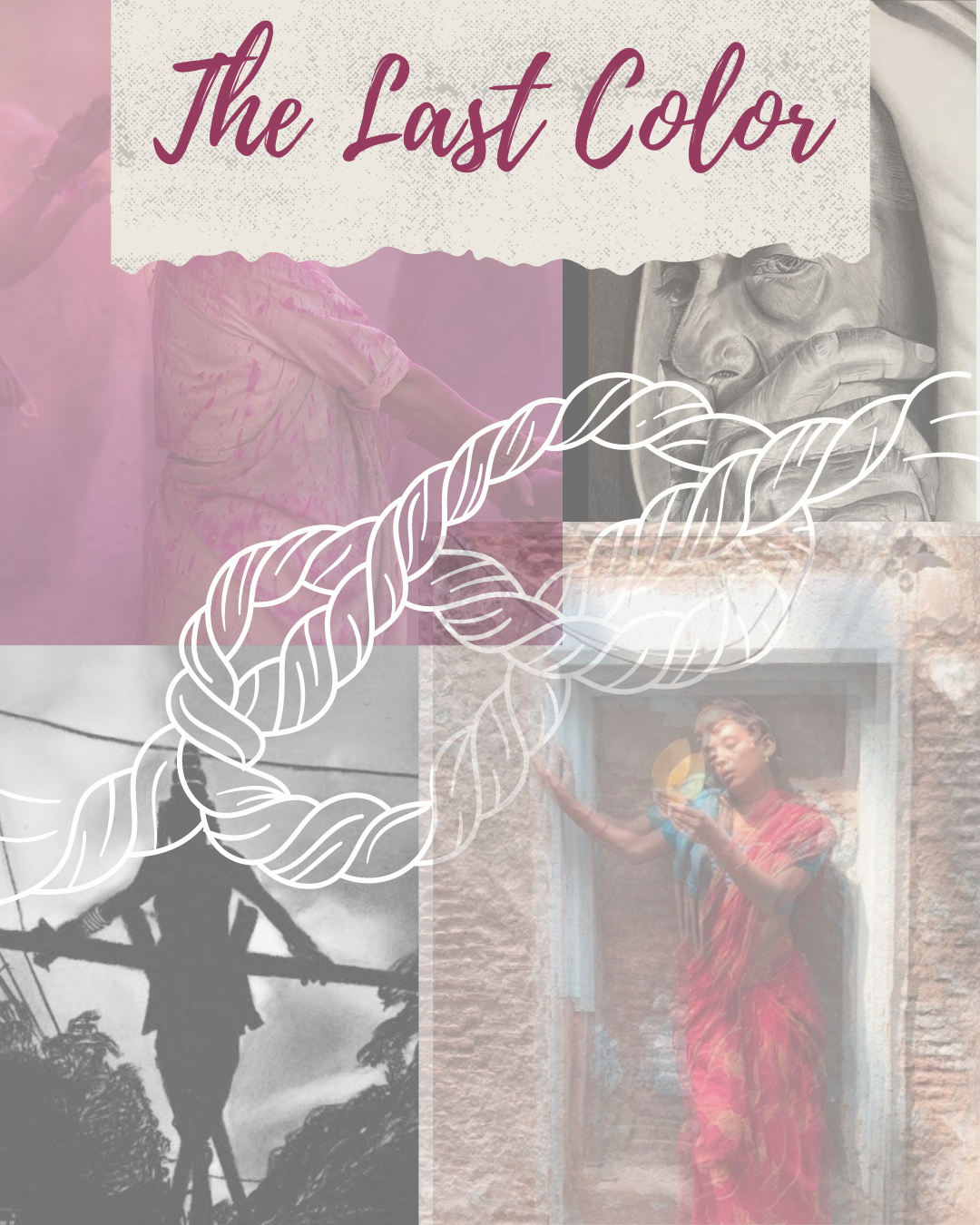The Last Color?
THE LAST COLOR?
A testament to the resilience of the human spirit
Background: The Last Color is a short film directed by famous Chef Vikas Khanna which is based on his 2018 novel. A simple yet hard-hitting tale of the naked truth of the widows of Banaras, the saga of ‘Achoot the untouchable’ and the agony of the trans community, the Last Color amplifies the challenges faced by the Indian society being intricately woven with the thread of Intersectionality. It portrays a beautiful bond between an aged widow in Benaras and a young homeless ropewalker. The connection which is built on the lines of deprivation and desire gave both the protagonists immense strength in their struggle for emancipation. Set in the 1980s Benaras, The Last Color addresses the need for inclusion, respect, and equality for everyone by putting humanity before dogmatic traditions and customs.
For so many decades, widows in India have been mistreated, considered inauspicious, and seen as a liability by their families and the society at large. March 2013 was indeed a watershed moment in the history of India where for the first time widows were able to experience the colours of life during the festival of Holi at Vrindawan_ the ‘city of widows’. Overturning the age-old custom where widows were barred from wearing colourful dresses, the Supreme Court of India passed a landmark decision in 2012 that allowed colourful attires for widows. This resulted in the enactment of the Widow Protection and Maintenance Act 2015.
Neena Gupta (Noor: the widow) starrer The Last Color is a story of thousands of widows like Noor who for a very long time were denied the right to freedom, and right to happiness and were compelled to live in the shackles of the orthodox customs. This journey of liberation for Noor begins with the advent of a cheerful, optimistic, Choti (the young ropewalker) who belongs to a lower caste ( Untouchable). Choti with her naive attempts to understand the complexities of the world opened the doors of happiness and contentment for Noor by introducing her back to the colours of the world.
“What's your favourite colour?” she asks, “Gulabi-woh jo Mughal raniyaan pehanti thi woh wala gulabi" _the old widow replies.
The smile on her face and the dreams floating in her eyes like those candy-floss clouds narrate a painful tale of unspoken words and unfulfilled dreams crashing in multiple fragments.
Moreover, Choti helped bring back Noor’s courage by applying her favourite colour of nail paint on her nails. It's for the first time after becoming a widow, that Noor touched her colourful saree to make a beautiful dress for Choti as a tribute to their friendship.
This bond of friendship was also based on both of their life's realities of hardships. Again this can be complemented with a heartwarming scene where the little girl tells Noor that she had found a dog whose eyes resembled that of Noor. She goes on to explain that whenever she touched the dog to love, it used to bark and get scared. On
being asked by Noor the reason for the same the little girl replies_"Usko shayad pyar ki aadat nahi hai…ghat par kutte aise hi pale jate hain''
It was not just the dog -the widow and the girl both had also seen similar hardships in life perhaps the thought of love and care was either an alien term or an intimidating feeling for them.
Along with this, The Last Color also touches upon the theme of adversities faced by the vulnerable sections of the society like transgender community which is being represented by Anarkali (Transgender and Choti’s Guardian). She was abandoned as a Child and is thus fiercely protective of her young friend Choti. Living in extreme poverty Anarkali holds her head up high and courageously stands against Raja, an abusive police officer and a local bully representing the corrupt system that is all pervasive in the society.
In a nutshell, "The Last Color" is not just a story of struggle and suffering; it's also a testament to the resilience of the human spirit. Through their friendship, Noor and Chhoti find hope and redemption, reminding us that even in the darkest of times, friendship and love can light the way forward. "The Last Color" is a masterfully crafted film that resonates on both an emotional and intellectual level. With its powerful performances, stunning cinematography, and thought-provoking narrative, it stands as a testament to the enduring power of the human spirit. It's a must-watch for anyone seeking a deeply moving cinematic experience that will linger in the mind long after the credits roll.
Do watch this masterpiece and let us know more about it through your experience!
Thank You
~Syandan
References:
Image source: indiatoday.in
Image Source: youtube.com




Comments
Post a Comment